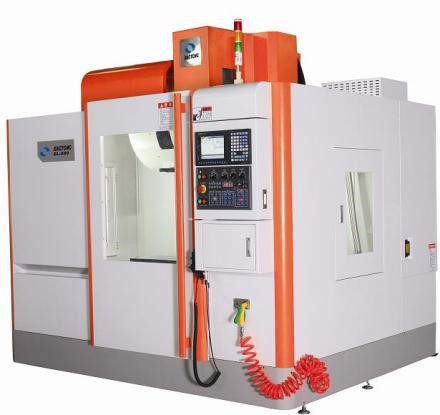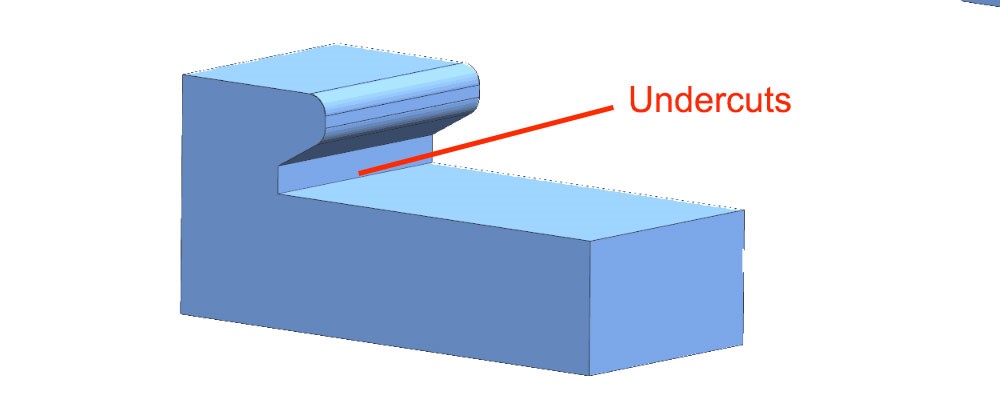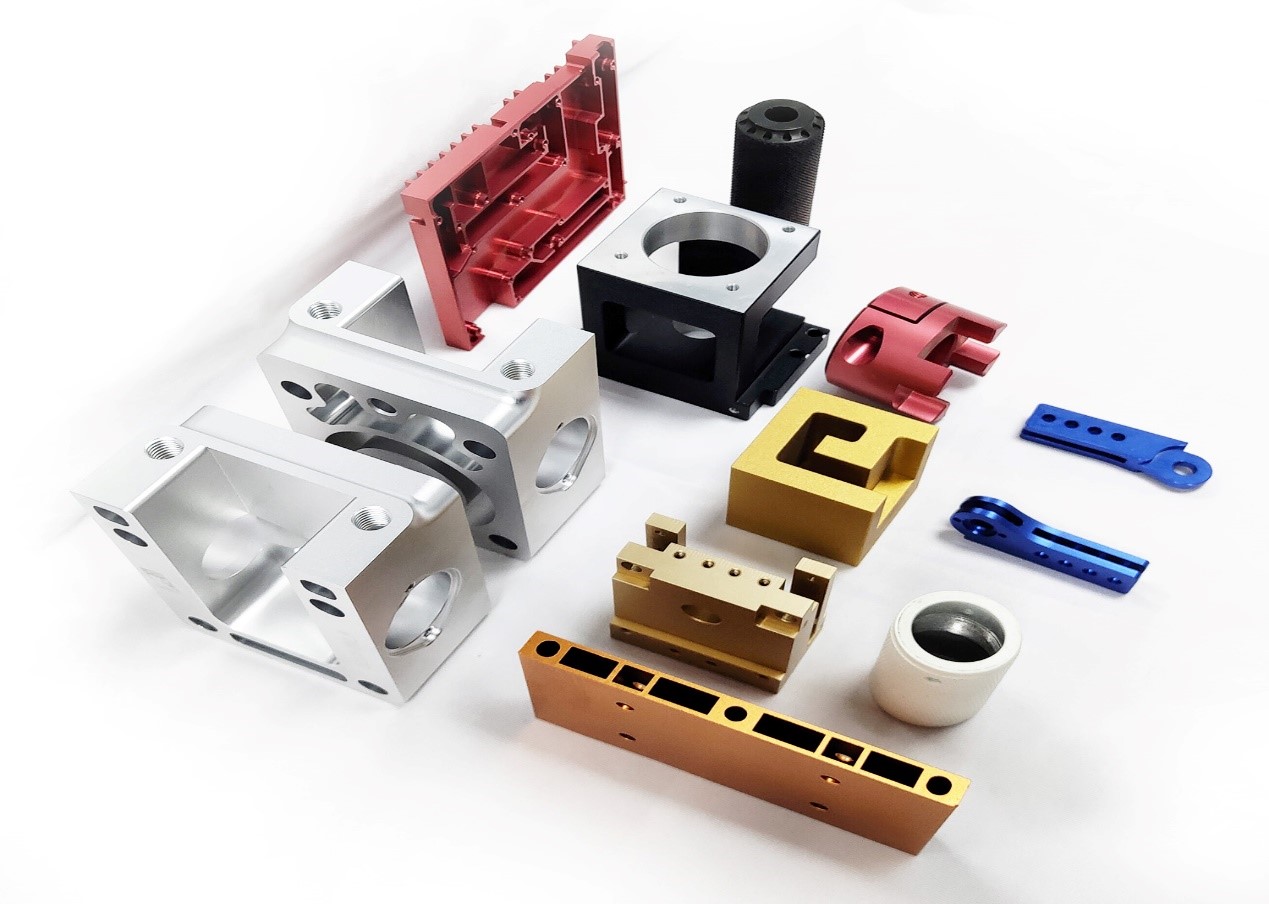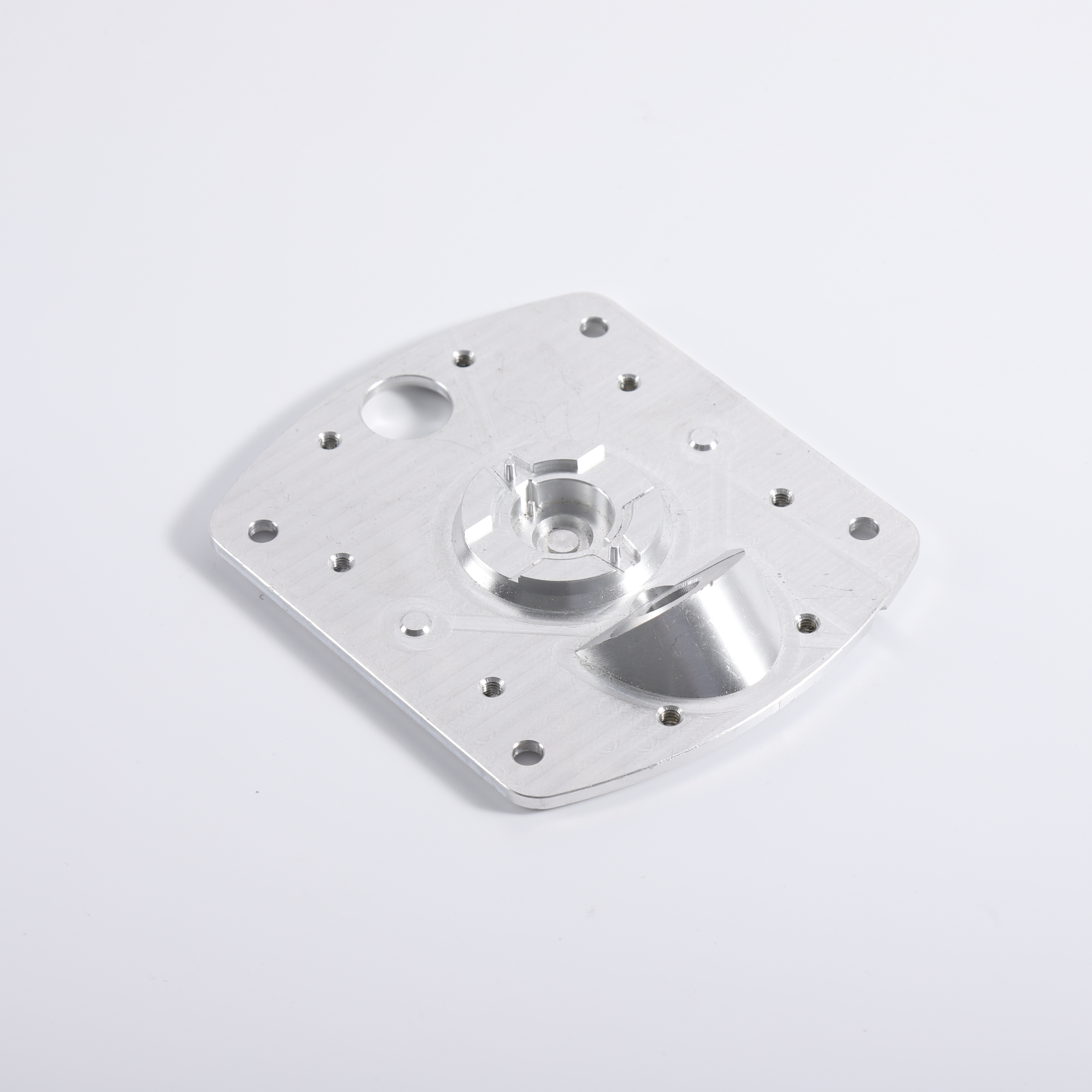In the National Development and Reform Commission recently announced the "National Key Energy Technology Promotion Directory (first batch)", a cracking furnace air residual heat technology for ethylene cracking process will focus on promotion in the petroleum, petrochemical, chemical industry. This technology skillfully uses the heat energy technology of liquid rocket engines to successfully recycle the steam and waste liquid from the factory to a new ethylene cracker. This technique, known as the air preheating of cracking furnaces, was successfully developed by the Beijing Aerospace Power Research Institute and is the first of its kind in China and even in the world. After more than 80 cracking furnaces of Sinopec have been transformed with this technology, they can save 100 million yuan in fuel costs each year.
Energy-efficient installation starts with the “heart†Ethylene is the leading oil and chemical industry, and it is also one of the six key energy-consuming industries in the petrochemical industry in China. Reducing the energy consumption of the ethylene industry is crucial to promoting the energy-saving goals of the entire petrochemical industry. The cracking furnace is the key equipment of the ethylene plant, and it is also a large energy consumer of the ethylene plant. It consumes a lot of water, natural gas and electricity. It is reported that the cracking furnace has been used at room temperature in the past, not only that the combustion temperature of the furnace is difficult to be effectively controlled, but also when the cracking furnace burner heats the air, the circulating system of the furnace must reduce the temperature of the water vapor, during the process of “one lift and one dropâ€, It consumes a lot of energy. From this calculation, the energy consumption of the cracking furnace accounts for 50% to 60% of the total energy consumption of the production. Therefore, energy conservation must begin with the “heart†device, the cracking furnace, optimize the operation mode of the cracking furnace, reduce the energy consumption of the cracking furnace, and spare no effort to increase the efficiency.
In December 2002, PetroChina Daqing Petrochemical, the northernmost petrochemical plant in China, took the lead in installing air preheating and energy-saving devices on three ethylene cracking furnaces. The energy-saving effect was particularly significant, and investment was recovered in those years. In the second year, the plant installed the energy-saving device on eight ethylene cracking furnaces with an annual output of 350,000 tons. After that, Sinopec-owned ethylene companies Jilin, Lanhua, and Dushanzi also successively implemented this energy-saving project. On November 27, 2003, Yuan Chonglun and four other designers applied for a patent on the air preheating system and method for the bottom burner of an ethylene cracking furnace.
At the Sinopec Energy-Saving Technology Exchange Conference held in Zhengzhou in October 2004, the air pre-energy-saving technology for cracking furnaces attracted the attention of China’s leading ethylene giant Sinopec, and began piloting at Maoming Petrochemical. In 2005, Sinopec held an energy conservation technology promotion and appraisal meeting at Maoming Petrochemical Plant. The energy conservation technology was ranked first in the five advanced technologies promoted in the ethylene industry, and was fully promoted in its eight ethylene companies. At present, Sinopec has completed the energy-saving renovation of 85 sets of 100 cracking furnaces. According to the difference in the temperature of the waste heat source, the amount of fuel saved generally accounts for 1% to 6% of the entire fuel consumption of the furnace. Based on this calculation, nearly 65,000 tons of fuel will be saved every year, with 2,000 yuan per ton of fuel, and an annual energy saving benefit of 124 million yuan.
System operation without external power Song Xiaofeng, general manager of the thermal engineering division of the Beijing Aerospace Power Research Institute, said that the system energy saving method they invented was to add air preheating and energy-saving devices to the bottom burner of the ethylene cracker. According to the researcher Yuan Chonglun, there are four principles for reducing the energy consumption of cracking furnaces: First, the choice of waste heat sources must be based on the waste heat resources (such as low-pressure steam that is vented) or the waste heat resources that need to be recovered ( Such as boiler sewage, cracking furnace quench water, etc.) Second, it must be two-way energy saving, not only the use of the device's residual heat to save fuel consumption, but also make the waste heat device to reduce the secondary energy consumption, so as to achieve the purpose of energy saving; Third, energy-saving tube The operation of the network system requires no external power consumption, completely solves the technical problems through design, and completes the energy transfer through the internal cycle process to achieve the goal of pure energy saving; Fourth, it requires the device to operate flexibly, open and stop freely, and meet the needs of process parameter fluctuations. , No need for automatic control equipment, no additional operation and maintenance personnel.
Chemical companies have application conditions The use of low-temperature heat sources has always been a difficult problem to be solved by chemical companies in energy conservation and emission reduction. The pyrolysis furnace air waste heat technology makes full use of the device's residual heat resources to heat the combustion air in the cracking furnace to achieve energy conservation. It uses a low-temperature heat source (usually less than 150°C) and does not require a high heat source. Therefore, companies using industrial furnaces and low-temperature heat sources can use this technology.
It is reported that after several years of technology promotion and continuous improvement, the technology has achieved point-to-face promotion in ethylene plants, Sinopec's 85% ethylene plant has used this technology, and is promoted on new ethylene projects; After the successful implementation of the four major ethylene projects, it has also been widely promoted conditions. With the gradual maturity of the application in the cracking furnace, at present, the technology can already be applied to other equipment such as industrial furnaces. The pure energy-saving technology of this province is completely suitable for China's national conditions, with less investment and quick results, and it is in line with the new concept energy-saving technology of energy recycling.
CNC Milling
In general, computer numerical control milling machine (CNC) machining is a deductive manufacturing technique that programs 3-axis linkage, complex to 5-axis linkage, drives milling cutters to remove layers from solid blocks called blanks to produce finished parts. CNC milling is one of the main types of CNC Machining, which uses cutting tools that rotate at a speed of several thousand to tens of thousands of revolutions per minute (RPM) to precisely remove materials to obtain parts with complex surfaces. In addition to milling, CNC machining is also equipped with drills, boring tools, thread cutters and other tools to complete different part features at once. CNC machining produces parts based on a computer-aided design (CAD) model that is sent to a CNC machine through computer-aided manufacturing (CAM) software.
CNC Machining centers developed from CNC milling machines. The biggest difference compare to CNC milling machines is that the machining center has the ability to automatically exchange machining tools, by installing tools for different purposes on the tool magazine, the machining tools on the spindle can be changed through the automatic tool changing device in a single clamping device to achieve a variety of machining functions.
|
CNC Milling Finish
|
|
|
Process
|
Roughness Ra(um)
|
|
Cylindrical milling cutter milling (rough)
|
12.5~3.2
|
|
Cylindrical milling cutter (fine)
|
3.2~0.8
|
|
Cylindrical milling cutter (precision)
|
0.8~0.4
|
|
Cylindrical milling cutter (rough)
|
12.5~3.2
|
|
Cylindrical milling cutter milling (fine)
|
3.2~0.8
|
|
Cylindrical milling cutter milling (precision)
|
0.8~0.4
|
|
Cutter milling (fine)
|
12.5~3.2
|
|
End milling cutter (rough)
|
3.2~0.4
|
|
End milling cutter (precision)
|
0.8~0.2
|
|
High speed milling (rough)
|
1.6~0.8
|
|
High speed milling (fine)
|
0.4~0.2
|
CNC milling accuracy
CNC milling centers and high-Precision Machining centers. Ordinary machining center, resolution of 1μm, maximum feed speed of 15 ~ 25m / min, positioning accuracy of about 0μm. High-precision machining center, resolution of 0.1μm, maximum feed speed of 15 ~ 100m / min, positioning accuracy of about 2μm. Between 2 and 10 μm, with a ± 5 μm more, can be called precision grade. FCE equipped with different grade and different size CNC milling center. Take in to account into both economic and quality in parallel.
CNC Finishing surface treatment
Post-processing is the final step in the CNC machining process. In a quick guide, we offer a lot of surface treatments to complete your final parts and get them to meet strict specific requirements. It should be noted that in CNC machining, post-processing is in optional, as the quality of the machined parts is already very high.
Anodized
The anodizing process allows the part to obtain excellent corrosion resistance, increasing the hardness and wear resistance of the surface. Anodizing is also the most common pre-painting treatment, which can help the painted surface to obtain good adhesion. We typically apply two types of anodizing in our production: Type II, corrosion resistant; Type III is thicker, adding a layer of wear resistance. Both anodizing processes can achieve a variety of color effects.
Polishing
Grinding polish, it offers the fastest turnaround parts and does not require post-processing. The surface finish of the grinding part is equivalent to 125 um in Ra, and the requirements can be increased to 63, 32 or 16 um Ra. Minor tool marks may still be visible on the last part.
Powder coatings
Powder Coating is thermoplastic powder spraying directly on the processed part. The sprayed parts are then baked in an oven to form a durable, abrasion- and corrosion-resistant plastic coating. In the powder coating process, its color, brightness, surface roughness can be customized.
Shot blasting
Shot peening is the high-speed spraying of beads of different hardnesses and sizes onto the surface of the part. To get different textures and brightness of the surface. Since the surface has been hit by similar forging beads, the hardness and wear resistance of the surface have also been enhanced.
Design of CNC machining
CNC machining is a universal machining process, especially parts that can be cut and machined can be achieved through CNC, from simple shape shapes to complex curved structures. However, as with every manufacturing technique, CNC machining has some design limitations. We break them down as follows to ensure that your products are optimally designed to better fit the CNC machining process.
General Tolerance
When designing parts, the size of each part is different according to the application environment, working conditions, etc., and the requirements for the machining accuracy of the workpiece are also different. Although CNC machining can achieve very high machining accuracy, we should also be aware that demanding machining accuracy and accuracy (strict product tolerances) usually mean Longer production times and higher costs. If a specific tolerance is not specified in the product design, we recommend choosing at the following levels.
|
Permissible deviations in mm for ranges in nominal lengths
|
Tolerance Class Designation(Description)
|
|
fine
|
medium
|
coarse
|
very coarse
|
|
0.5 up to 3
|
±0.05
|
±0.1
|
±0.2
|
--
|
|
over 3 up to 6
|
±0.05
|
±0.1
|
±0.3
|
±0.5
|
|
over 6 up to 30
|
±0.1
|
±0.2
|
±0.5
|
±1.0
|
|
over30up to 120
|
±0.15
|
±0.3
|
±0.8
|
±1.5
|
|
over120upto400
|
±0.2
|
±0.5
|
±1.2
|
±2.5
|
|
over 400up to 1000
|
±0.3
|
±0.8
|
±2.0
|
±4.0
|
|
over 1000up to 2000
|
±0.5
|
±1.2
|
±3.0
|
±6.0
|
|
over 2000 up to 4000
|
--
|
±2.0
|
±4.0
|
±8.0
|
The highest precision of our equipment is 0.001, and the recommended most precise machining requirements do not exceed +/-0.005mm
Interior angle
All internal vertical edges of our products need to have rounded corners instead of right angles. This is because the tools used in CNC milling are cylindrical, which means they cannot produce inner right-angled edges. The fillet required by this process is called the inner corner fillet. When designing parts, the larger the inner corner fillet, the more efficient the production process. Because of the larger fillets, larger diameter milling cutters can be used to increase milling speed, and fewer swaps can be made to improve accuracy.
Undercut
Undercut cannot be machined with standard milling cutters, so the use of retract slots for parts should be avoided when designing CNC machined parts. In particular, for non-standard inner contour shapes, customized machining tools are required, which will greatly increase processing time and costs. Secondly, if undercut can not be avoided, due to the limited length of cnc tools, the undercut can not be too deep. If they are too deep or the location is difficult to reach, they will not be able to be produced because the CNC tool cannot reach the machining location.
Chamber wall thickness
CNC machining requires your part design to meet minimum wall thickness requirements. In general, it is recommended to choose the thickest possible and avoid very thin or characteristic walls. This is because CNC tools processing thin-walled parts will cause vibration deformation, which may cause interruptions or damage, and the size is out of specification. The standard minimum wall thickness for CNC machined metals is 0.030" (0.76 mm) and for plastics is 0.060" (1.5 mm).
Thread
When designing parts, it is useful to choose the largest possible thread size because smaller taps have a higher risk of breaking during production. If possible, avoid using deep hole threads as they lead to higher production costs, especially when custom tools are required.
Metal
In principle, materials with high hardness are easier to process because better processing accuracy can be obtained, but they are limited by the hardness of processing tools, so the hardness of the generally recommended parts is 8 ~ 60HRC, and for metal materials, the hardness is greater than stainless steel Followed by cast iron, followed by copper, and finally aluminum, while the processing of ceramics, plastics, etc. belongs to the processing of non-metallic materials. Fast production time.
Polymer
Although CNC can process thermoplastics, the material properties of polymers still have many difficulties for CNC processing. First, due to poor thermal conductivity, many thermoplastics melt or bend when in contact with CNC milling machines or drill bits. Secondly, the processing of plastics, because the hardness is low, the size accuracy caused by the knife during product clamping and processing is not high. For those parts that do not have special requirements for the strength and hardness of the metal, thermoplastics can provide a cheaper alternative.
Cost optimization of machined products
Simplify product design
Simplifying product design while taking into account functionality usually saves production time and reduces production costs. Because the manufacture of complex structures and surfaces often requires complex longer passes, more layering to obtain the same fine contour quality. This means higher production costs.
Reduce cutter changes
Using the same milling machine machining features, larger and same internal fillets, can reduce the number of tools used to reduce machining time. For example, if a workpiece needs a 10mm end face milling cutter to process some features, it also needs a spherical milling cutter to process a curved surface, and a 2mm milling cutter to process a fine groove, which will require repeated tool changes and reduce the machining efficiency
Proper material selection
The choice of raw material for machining can have a significant impact on production time and costs for CNC machining. If possible, choose a material with good processability, such as brass or aluminum. For those applications that do not require metal hardness and strength, CNC machining of engineering plastics like PMMA and ABS also helps to reduce costs because the material blank is cheaper, and the processing efficiency is higher.
Tolerance and wall thickness
Higher tolerances and thinner wall thicknesses also increase THE CORRESPONDING CNC machining costs, as it takes time to achieve higher precision cutting. If your product or component can accept a larger size range, choose a lower tolerance to reduce production time and costs. The same is true for wall thickness: a larger wall thickness margin should be chosen.
Choice of surface treatment
Surface treatment is often the final stage of the CNC machining process, which can also affect the cost of your entire project. Choosing less surface treatment for your part or product can lead to better time and cost efficiency. FCE can recommend to you how to optimize the surface treatment to balance the conflict between cost and quality according to your final needs.
FCE Machining services
FCE facilities are equipped with the most advanced and highest precision 3, 4 and 5-axis CNC machines, which allows us to complete your order in record time
1. 15+ year work experience engineers
2. Fastest 5 days delivery
3. Prototypes can be machined as quickly as 1 day.
4. More than 200 metals and plastics material available in stock
5. Tolerances as low as +-0.005mm
6. ISO 9001: 2015 certified factory
7. 40+ CNC machines
8. 50,000+ machined parts per month
We cooperated with many world top 500 companies and awarded good responds always.




Cnc Milling,Cnc Milling Services,Custom Cnc Milling,Cnc Lathe And Milling Machining
Suzhou FCE precision electronics Co., LTD , https://www.fukeyifcesz.com



